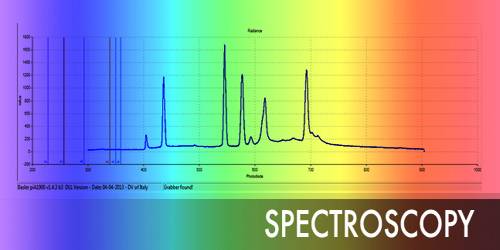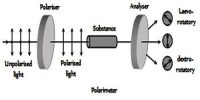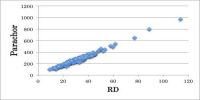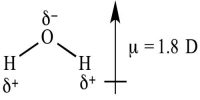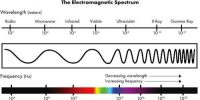Spectroscopy and Molecular Structure
Spectroscopy is the study of how light interacts with matter. We can use spectroscopy to determine the structure and functional groups in organic compounds. It is a technique that uses the interaction of energy with a sample to perform an analysis.
The determination of the structure of organic compounds has become simpler and much less time to consume by the applications of instrumental techniques which have found wide use in the analytical laboratory. Some of these techniques are also used in industry, medicine, and other fields. The discussion here will be on Mass spectrometry (MS), Infrared spectroscopy (IR) and Nuclear Magnetic Resonance Spectroscopy (NMR) and the sort of information each of these techniques provide. NMR spectroscopy is a non-invasive, ionizing-radiation-free analytical technique that has been used to study metabolic changes in brain tumors, strokes, seizure disorders, Alzheimer’s disease, depression and other diseases affecting the brain.

A spectrum is a demonstration of component parts of a combination of particles of dissimilar masses, or dispersion of the components of radiation. In an NMR spectrum, diverse carbon-hydrogen components in a molecule are elucidated.
